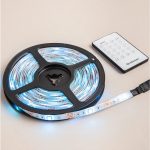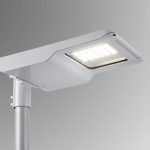How Much Does a LED Light Cost? A Comprehensive Guide to Buying Affordable and EnergyEfficient Lighting Solutions
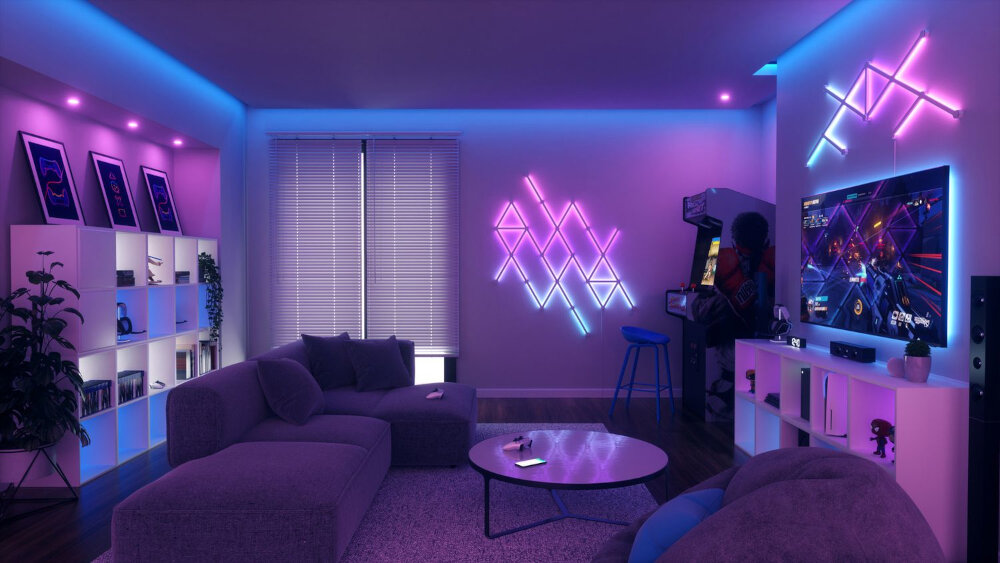
In today’s world, energy efficiency and cost-effectiveness are two factors that everybody considers before buying anything. LED lights have become the most popular option among homeowners and businesses as they are highly energy-efficient and durable. However, the cost of LED lights varies depending on factors such as quality, features, and brand. LED lights are an excellent investment for anyone looking to save money on their electricity bills while also preserving the environment. When compared to traditional lighting solutions, LED lights consume less energy, produce less heat, and have a longer lifespan. But with so many options available in the market, one might face difficulty in choosing the right LED light that offers both affordability and energy efficiency. This guide aims to provide a comprehensive overview of LED lights’ cost and help you choose the best lighting solution for your needs.
Factors Affecting LED Light Costs
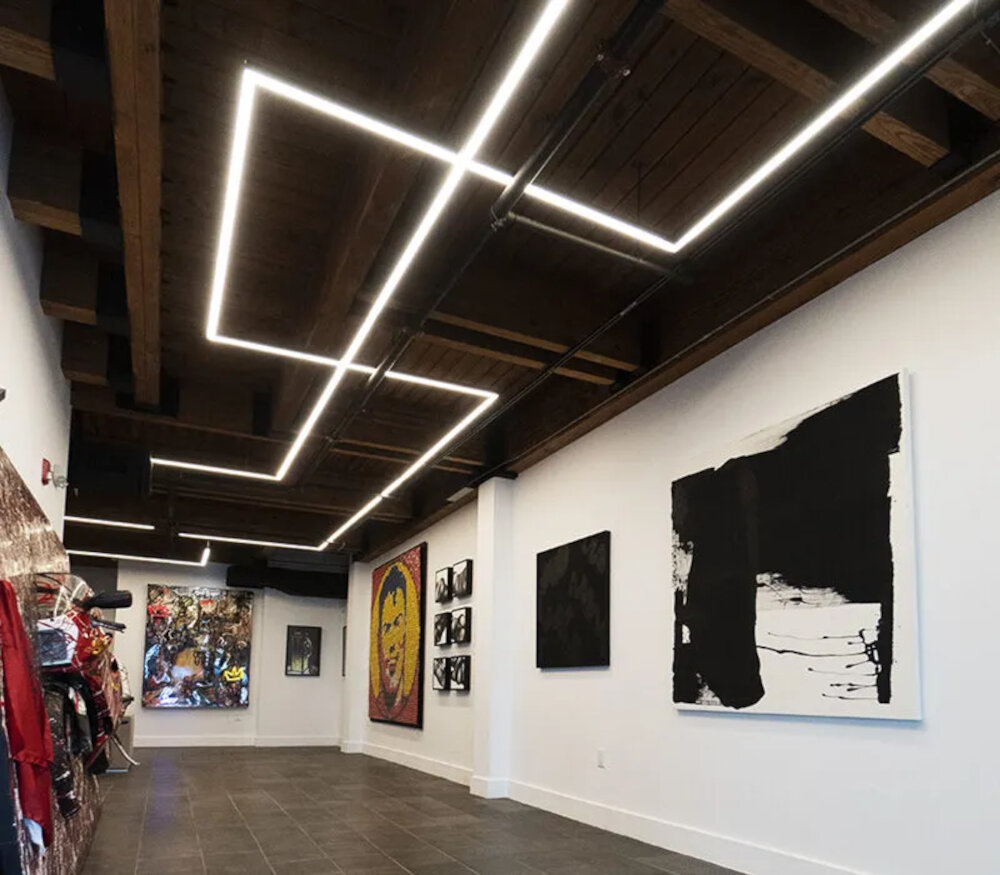
The cost of LED lights is affected by various factors, including the quality of the components used to manufacture the bulb, the brand, the design, the wattage, and the color temperature. Higher-quality components and designs can significantly increase the cost of the LED light. Similarly, well-known brands that are known for their high-quality products often come with a higher price tag. Additionally, the wattage of the LED light can affect its cost. Higher wattage LED lights typically cost more due to the increased power requirements and the need for larger heat sinks to dissipate the heat generated by the bulb. The color temperature of the LED light can also impact its cost. LED lights with a warm white color temperature (2700K-3000K) tend to be less expensive than those with a cool white color temperature (4000K-5000K). This is because warm white LED lights require less advanced technology to produce and are therefore less expensive to manufacture. Ultimately, the cost of the LED light will depend on the specific features and specifications of the bulb. When selecting an LED light, it is important to consider your budget and the specific lighting needs of your space to ensure that you are getting the most cost-effective and energy-efficient lighting solution.
Quality and brand are two essential factors to consider when purchasing LED lights. Quality refers to the performance and reliability of the product, while the brand represents the manufacturer’s reputation and history in producing high-quality products. It is important to choose a reputable brand that has a proven track record of producing quality LED lights that are energy-efficient and long-lasting. Moreover, buying LED lights from a well-known brand also ensures that you have access to customer support and warranty services in case of any defects or issues with the product. While it may be tempting to opt for cheaper options, investing in quality LED lights from a trusted brand can save you money in the long run by reducing energy consumption and maintenance costs.
Color temperature is an important factor to consider when choosing LED lights. It refers to the perceived warmth or coolness of the light, measured in Kelvin (K). Lower color temperatures, around 2700K to 3000K, produce a warm yellowish light similar to traditional incandescent bulbs. On the other hand, higher color temperatures, around 5000K to 6500K, produce a cooler bluish-white light similar to daylight. The choice of color temperature depends on the intended use of the light and personal preference. For example, warm light is ideal for creating a cozy atmosphere in living spaces, while cool light is suitable for task lighting in work areas. It is important to note that color temperature does not affect the brightness or energy efficiency of the LED light, so it is possible to choose a warm or cool light with the same level of brightness and energy consumption.
Brightness is a crucial factor to consider when buying LED lights. It refers to the amount of light emitted by the LED bulb and is measured in lumens. The higher the lumens, the brighter the light. It is worth noting that brightness is not the same as wattage, which measures the amount of power consumed by the bulb. LED lights are known for their energy efficiency, and they consume less power while emitting higher lumens compared to traditional incandescent bulbs. Therefore, when buying LED lights, it is essential to consider the desired brightness level for the intended use to ensure that the selected bulb provides adequate illumination while also being energy-efficient and cost-effective.
When it comes to LED lights, shape and size are important factors to consider. The shape of the LED light can affect its overall appearance and functionality, and the size of the light can impact where it can be installed and how much light it emits. LED lights come in various shapes, including standard bulbs, tubes, and panels. Similarly, the size of the LED light can vary, with smaller lights being ideal for more compact spaces, while larger lights are better suited for larger areas. It is important to consider the shape and size of the LED lights when shopping for them, to ensure they fit your specific needs and provide the appropriate lighting for your space.
Smart features are becoming increasingly common in LED lights, adding convenience and energy efficiency to your lighting solutions. These features include motion sensors, which can detect when a room is empty and automatically turn off the lights to save energy. Some LED lights also come with dimming capabilities, allowing you to adjust the brightness to suit your needs and create the perfect ambiance for any occasion. Additionally, smart LED lights can be controlled remotely through a smartphone app or voice commands, making it easy to turn them on or off, change the color, or set a schedule. While LED lights with smart features may cost more upfront, they can save you money in the long run by reducing energy consumption and providing greater convenience.
Comparing LED Light Costs to Other Lighting Options

When it comes to comparing the cost of LED lights to other lighting options, it is essential to consider the long-term expenses rather than just the upfront costs. While LED lights may seem more expensive initially, they can save you a significant amount of money in the long run. For example, LED lights last longer than traditional incandescent bulbs, which means you will have to replace them less frequently. Additionally, LED lights are more energy-efficient, which can lead to lower energy bills over time. Although LED lights may cost more upfront, they can save you money in the long run, making them a more affordable and energy-efficient lighting solution. In comparison to other lighting options such as fluorescent and halogen bulbs, LED lights are a more cost-effective option. Fluorescent bulbs may be cheaper upfront, but they have a shorter lifespan and consume more energy, which can lead to higher electricity bills. Halogen bulbs may produce brighter light, but they consume more energy and have a shorter lifespan than LED lights. LED lights, on the other hand, have a longer lifespan and consume less energy, making them a more cost-effective lighting option in the long run. When choosing a lighting solution, it is essential to consider the long-term costs and benefits, and LED lights provide an affordable and energy-efficient solution that can save you money in the long run.
Incandescent bulbs are traditional, high energy-consuming light sources that have been used for over a century. These bulbs emit light by heating a metal filament until it glows. However, only 10 percent of the energy used by incandescent bulbs is converted into light, while the other 90 percent is wasted as heat. This inefficiency has led many countries to phase out incandescent bulbs in favor of more energy-efficient lighting solutions like LED lights. While incandescent bulbs may be cheaper upfront, the long-term costs of operating them are much higher due to their short lifespan and high energy consumption. In contrast, LED lights are a more sustainable and cost-effective alternative that can help individuals save money on their energy bills while reducing their carbon footprint.
Halogen lamps are a type of incandescent lighting that is more energy-efficient than traditional incandescent bulbs. They use a tungsten filament like regular incandescent bulbs, but the filament is enclosed in a small quartz capsule filled with halogen gas. This gas reacts with the tungsten filament, which makes the filament hotter and brighter, resulting in a more efficient and longer-lasting light source. Halogen lamps are often used for task lighting, such as in desk lamps or track lighting, because they can produce a bright, focused beam of light. However, they are not as energy-efficient as LED lights and require more frequent replacements, so they may not be the most cost-effective long-term lighting solution.
Compact fluorescent lamps (CFL) are an energy-efficient alternative to traditional incandescent bulbs, making them a popular choice for cost-conscious and eco-friendly consumers. CFLs use up to 75% less energy and last up to 10 times longer than incandescent bulbs, reducing both energy consumption and maintenance costs. While CFLs may have a slightly higher upfront cost, they quickly pay for themselves in energy savings and reduced replacement needs. Additionally, CFLs come in a variety of sizes, shapes, and color temperatures, making them a versatile option for any lighting need. By choosing CFLs, consumers can make a smart investment in both their wallets and the environment.
Fluorescent lighting is a popular alternative to traditional incandescent bulbs due to its energy efficiency and longer lifespan. These types of bulbs work by using a chemical reaction between a gas and a phosphorescent coating on the inside of the bulb to produce light. While they may cost slightly more upfront than incandescent bulbs, fluorescent bulbs last up to 10 times longer and use up to 75% less energy, making them a cost-effective and eco-friendly lighting solution. Additionally, fluorescent bulbs come in a variety of sizes and shapes, making them versatile enough to fit in any lighting fixture.
When it comes to Christmas lights, there are two main options: traditional incandescent lights and LED lights. Traditional lights have been used for decades and are cheaper than LED lights, but they also use more energy and have a shorter lifespan. LED lights, on the other hand, are more expensive upfront but use significantly less energy and last longer, making them a more cost-effective option in the long run. Additionally, LED lights are brighter and come in a wider variety of colors, allowing for more creativity in decorating. While traditional lights may be a nostalgic choice, LED lights are a more energy-efficient and practical option for those looking for a long-term solution to holiday lighting.
How to Buy Affordable LED Lights
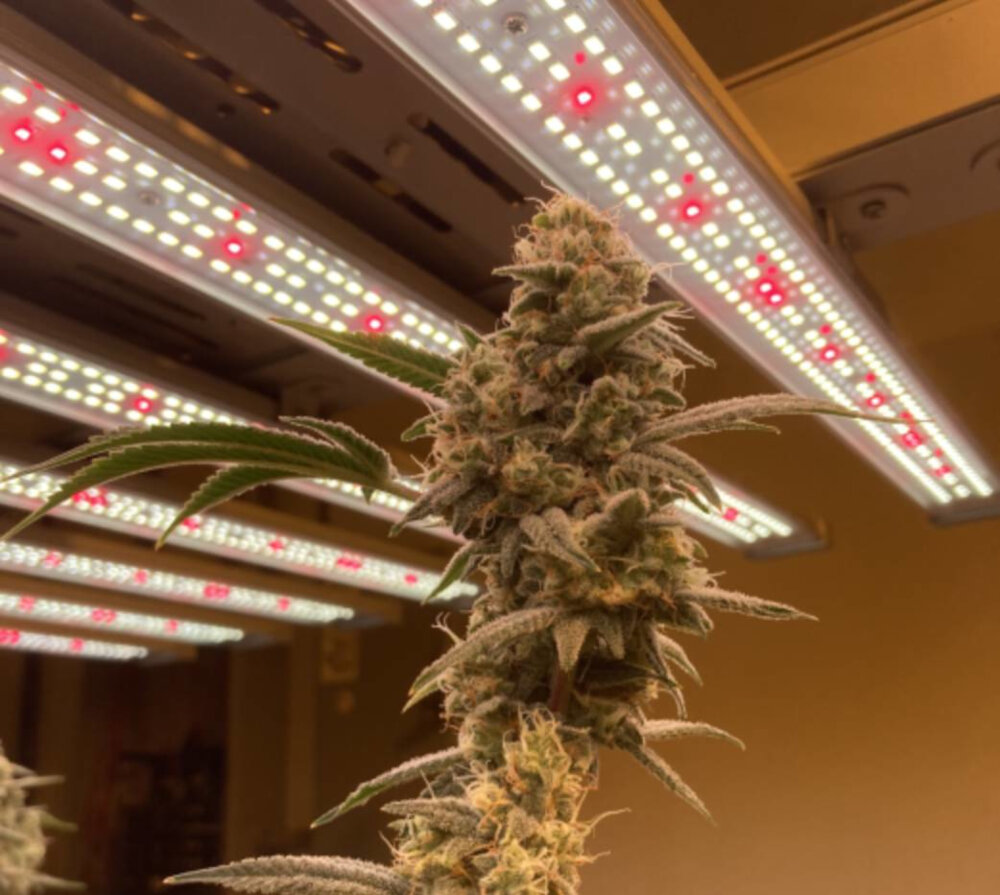
When it comes to buying affordable LED lights, there are a few things to consider before making your purchase. Firstly, look for LED lights that have a high lumens per watt (LPW) rating. This means that the light is more energy-efficient and will use less power to produce the same amount of light. The LPW rating should be listed on the packaging or product information. Secondly, consider the color temperature of the LED light. A light with a lower color temperature (around 2700K) will give off a warmer, more yellow light, whereas a higher color temperature (around 5000K) will give off a cooler, more blue light. Choose the color temperature that best suits your needs and preferences. Finally, consider the brand and its reputation for quality and reliability. It may be worth investing a little more money in a trusted brand to ensure that you are getting a high-quality and long-lasting product. Another way to save money on LED lights is to look for energy-saving incentives and rebates from your utility company. Many utility companies offer rebates or discounts for purchasing energy-efficient products, including LED lights. Check with your utility company to see if they offer any incentives for LED lights, and if so, take advantage of them. Additionally, consider purchasing LED lights in bulk or during sales events to save even more money. By following these tips, you can easily find affordable LED lights that will save you money on your energy bills and provide long-lasting and energy-efficient lighting solutions for your home or business.
When purchasing LED lighting solutions, it’s important to look for Energy Star certification. Energy Star is a program that identifies energy-efficient products that meet specific guidelines set by the U. S. Environmental Protection Agency. This certification ensures that the LED lights you purchase are highly efficient and use less energy than traditional lighting options. This not only helps to reduce your energy bills but also helps to reduce your environmental impact. By choosing Energy Star certified LED lights, you can rest assured that you’re getting an energy-efficient and eco-friendly lighting solution that will last for years to come.
Buying in bulk is a smart and cost-effective way to purchase LED lights. Not only do you save money on the per-unit cost, but you also reduce the frequency of trips to the store to restock. This saves time and money on transportation costs. Additionally, buying in bulk can help with larger projects where multiple lights are needed. It allows you to ensure consistency in the lighting throughout the project since all the lights will be of the same brand and model. So, if you are looking to save money and time while ensuring consistency in your lighting projects, buying in bulk is the way to go.
Shopping online for LED lights can be a convenient and cost-effective way to find the perfect lighting solutions for your home or business. With a wide range of options available, from energy-efficient bulbs to high-tech smart lighting systems, online retailers offer a one-stop-shop for all your lighting needs. Not only does online shopping allow you to compare prices and features across different brands and models, but it also gives you the ability to read reviews and ratings from other customers to help you make an informed decision. Additionally, many online retailers offer free shipping and easy returns, making it a hassle-free experience. So whether you’re looking to upgrade your home’s lighting or outfitting a commercial space, shopping online for LED lights can offer a stress-free and affordable solution.
When it comes to purchasing LED lights, it is essential to consider the wattage and lumens. Wattage refers to the amount of power consumed by the bulb, while lumens indicate the amount of light produced by the bulb. Higher wattage bulbs consume more electricity and generate more heat, resulting in higher energy bills and shorter bulb lifespans. On the other hand, lumens are an accurate measure of the bulb’s brightness, and higher lumens translate to brighter light. Therefore, it is crucial to select a bulb with the appropriate number of lumens for the intended space, as this will ensure optimal lighting and energy efficiency while still being cost-effective.
Benefits of Choosing LED Lights
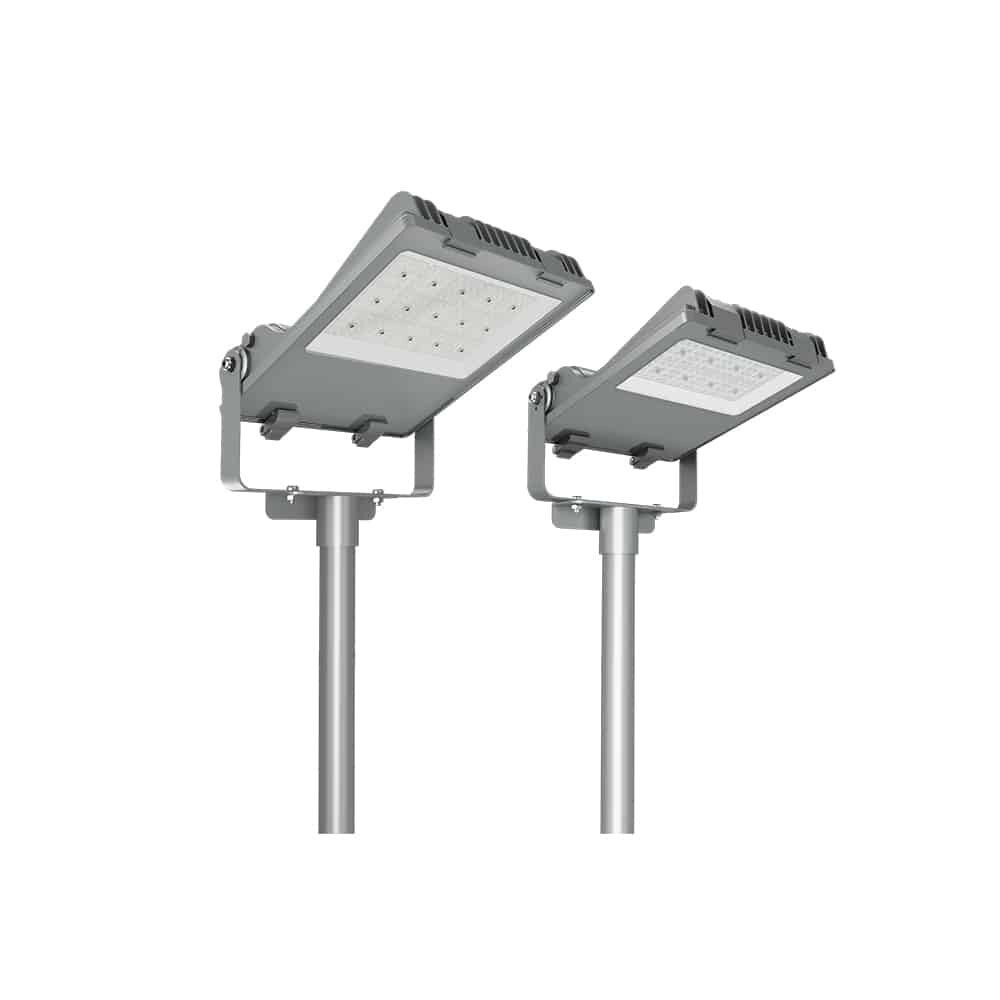
LED lights have revolutionized the lighting industry with their exceptional energy efficiency and long-lasting performance. These lights use semiconductor technology to convert electricity into light, making them up to 80% more efficient than traditional lighting options. One of the significant benefits of choosing LED lights is their longevity. LED lights can last up to 25 times longer than traditional bulbs, reducing the frequency of replacement and maintenance costs. The extended lifespan of LED lights also makes them an eco-friendly lighting option as it reduces the number of bulbs that end up in landfills. Another significant benefit of LED lights is their energy-saving capabilities, which makes them a cost-effective lighting solution. LED lights consume less energy than traditional bulbs, resulting in significant savings on energy bills. For instance, a 10-watt LED light can produce the same amount of light as a 60-watt traditional bulb, resulting in an energy savings of over 80%. LED lights also emit less heat, reducing the load on air conditioning systems, which further translates to energy savings. Additionally, LED lights do not contain hazardous materials such as mercury or lead, making them a safer lighting option for both the environment and human health.
Energy efficiency is becoming increasingly important in today’s world. By switching to LED lighting, you can not only reduce your carbon footprint but also save money on your energy bills. LED lights are known for their efficiency and longevity, consuming up to 80% less energy than traditional incandescent bulbs while lasting up to 25 times longer. This means that not only will you be saving on electricity costs, but you’ll also be reducing the frequency of bulb replacements. While the initial cost of LED bulbs may be higher than traditional bulbs, the long-term cost savings and energy efficiency make them a smart investment for your home or business.
One of the benefits of using LED lights is their longer lifespan compared to traditional lighting options. LED lights have an average lifespan of 25,000 to 50,000 hours, which is significantly longer than incandescent bulbs that only last for 1,000 to 2,000 hours. This means that you won’t have to replace your LED lights as frequently, saving you money in the long run. Additionally, LED lights don’t burn out like traditional bulbs, but rather they slowly dim over time, providing consistent light output throughout their lifespan. This longer lifespan also means less waste and fewer resources needed for production and disposal, making LED lights a more sustainable and eco-friendly lighting solution.
Adopting an environmentally friendly approach to lighting solutions is not only beneficial for the environment, but it can also save you money in the long run. LED lights are a great option for those looking for an energy-efficient lighting solution that is both cost-effective and environmentally friendly. LED lights use significantly less energy than traditional light bulbs, resulting in a lower electricity bill and a reduced carbon footprint. Additionally, LED lights have a longer lifespan than traditional light bulbs, meaning less waste and fewer replacements. By choosing LED lights, you can make a positive impact on the environment while also saving money on your energy bills.
One of the most significant advantages of LED lights over traditional incandescent bulbs is their low heat emissions. LED lights generate very little heat compared to incandescent bulbs, which convert a significant portion of their energy consumption into heat. This low heat emission not only makes LED lights safer to use but also contributes to their energy efficiency. Since less energy is lost as heat, more of it can be converted into light, making LED lights more efficient and cost-effective in the long run. Additionally, the low heat emissions of LED lights make them more environmentally friendly, as they contribute less to the overall heat generation of a space or building, which can reduce the need for air conditioning and other cooling systems.
One of the key benefits of LED lighting is the flexibility it offers when it comes to design options. The small size of LED lights allows for a wide range of styles and shapes, making it easy to incorporate them into any type of lighting fixture or design scheme. Additionally, LED lights can be easily customized to fit specific needs, such as color temperature, brightness, and even color-changing capabilities. This flexibility makes LED lighting a popular choice for both residential and commercial settings, as it can be used to create a variety of different atmospheres and moods. Whether you’re looking for a warm and cozy feel or a bright and energetic vibe, LED lighting can be tailored to meet your specific preferences and needs.
In the quest for energy-efficient and cost-effective lighting solutions, LED lights have gained immense popularity in recent years. However, the cost of these lights has been a major concern for many consumers. This article delves into the factors that influence LED light costs, compares them with other lighting options, and offers tips on how to buy affordable LED lights. By gaining a comprehensive understanding of these factors, consumers can make informed decisions when selecting lighting solutions for their homes or businesses. Moreover, with the numerous benefits that LED lights provide, such as energy efficiency, cost savings, and environmental friendliness, making the switch to LED lights is a smart and practical choice.
Conclusion
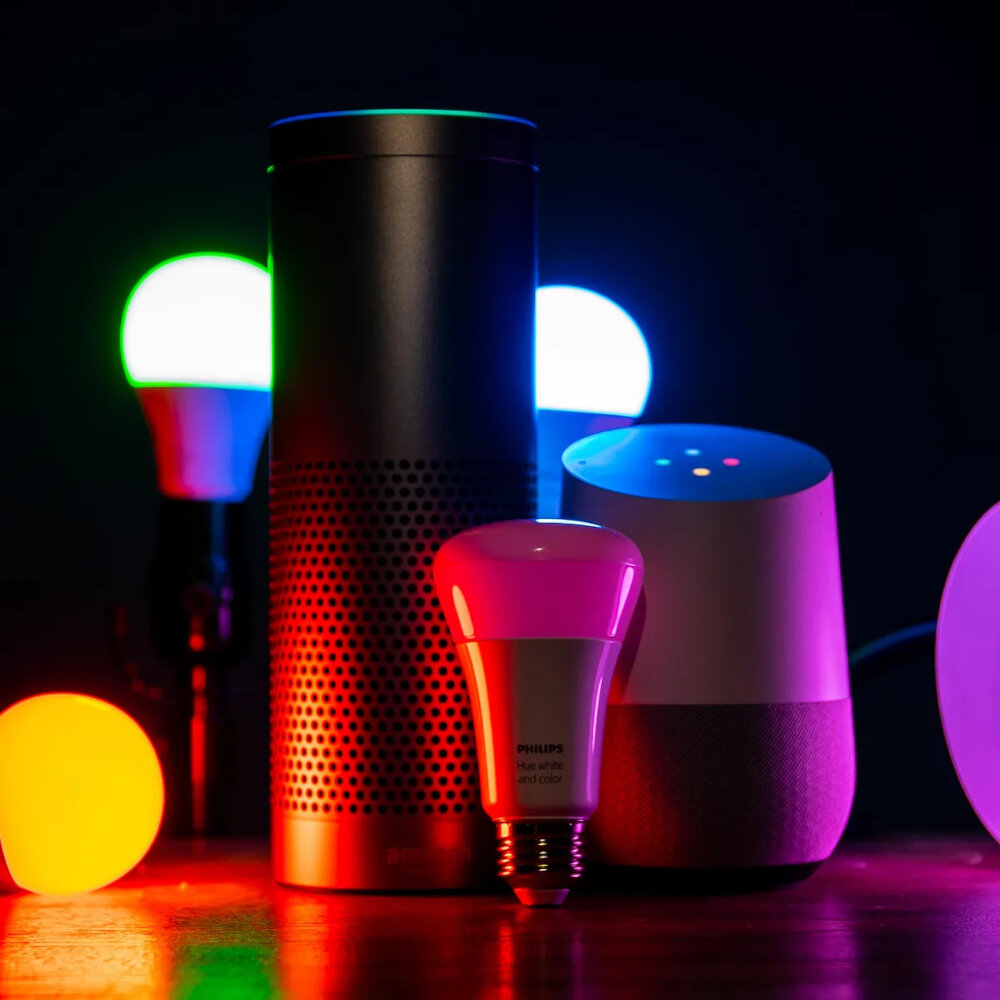
In conclusion, when it comes to purchasing LED lights, it is important to consider both the upfront cost and the long-term cost savings. While LED lights may have a higher initial cost compared to traditional lighting options, they offer significant energy efficiency and durability that could save you money in the long run. It is also essential to consider the specific needs and requirements of your space when choosing the right LED light. By doing your research, comparing prices, and weighing the benefits of LED lighting, you can find affordable and energy-efficient lighting solutions that not only brighten up your space but also contribute to a more sustainable future.

